There’s nothing quite like experiencing live music in a hall where every note seems to float through the air with crystalline clarity. Great acoustic design isn’t just about science and engineering — it’s about creating spaces where music comes alive in ways that recordings simply can’t capture. These legendary venues were built during eras when architects understood that sound quality mattered more than flashy technology or massive capacity.
From Vienna’s golden age concert halls to modern marvels that blend tradition with innovation, these venues represent the pinnacle of acoustic achievement. Here is a list of 20 music halls with legendary acoustics that offer tours, letting visitors discover the secrets behind their incredible sound quality.
Vienna Musikverein
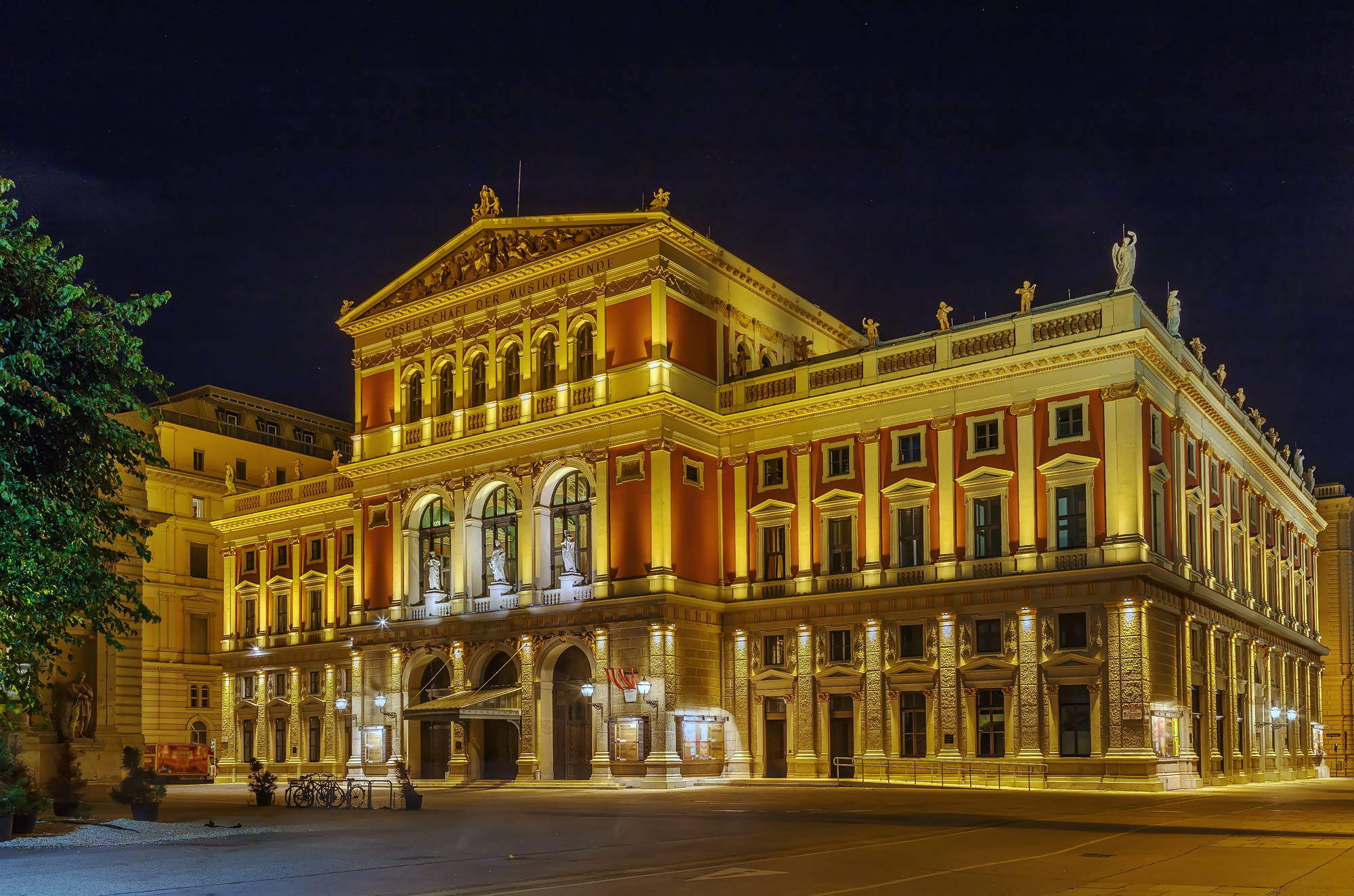
Vienna’s Musikverein houses the famous Golden Hall — a space that’s been setting the standard for concert hall acoustics since 1870, with its distinctive shoebox shape and ornate gold decorations serving both beauty and sound. The hall’s 1.7-second reverberation time creates that perfect balance where every instrument can be heard clearly while blending into a unified whole.
What makes this venue truly special is how the wooden interior and carefully calculated proportions allow even the softest pianissimo passages to reach every seat with startling clarity.
Boston Symphony Hall
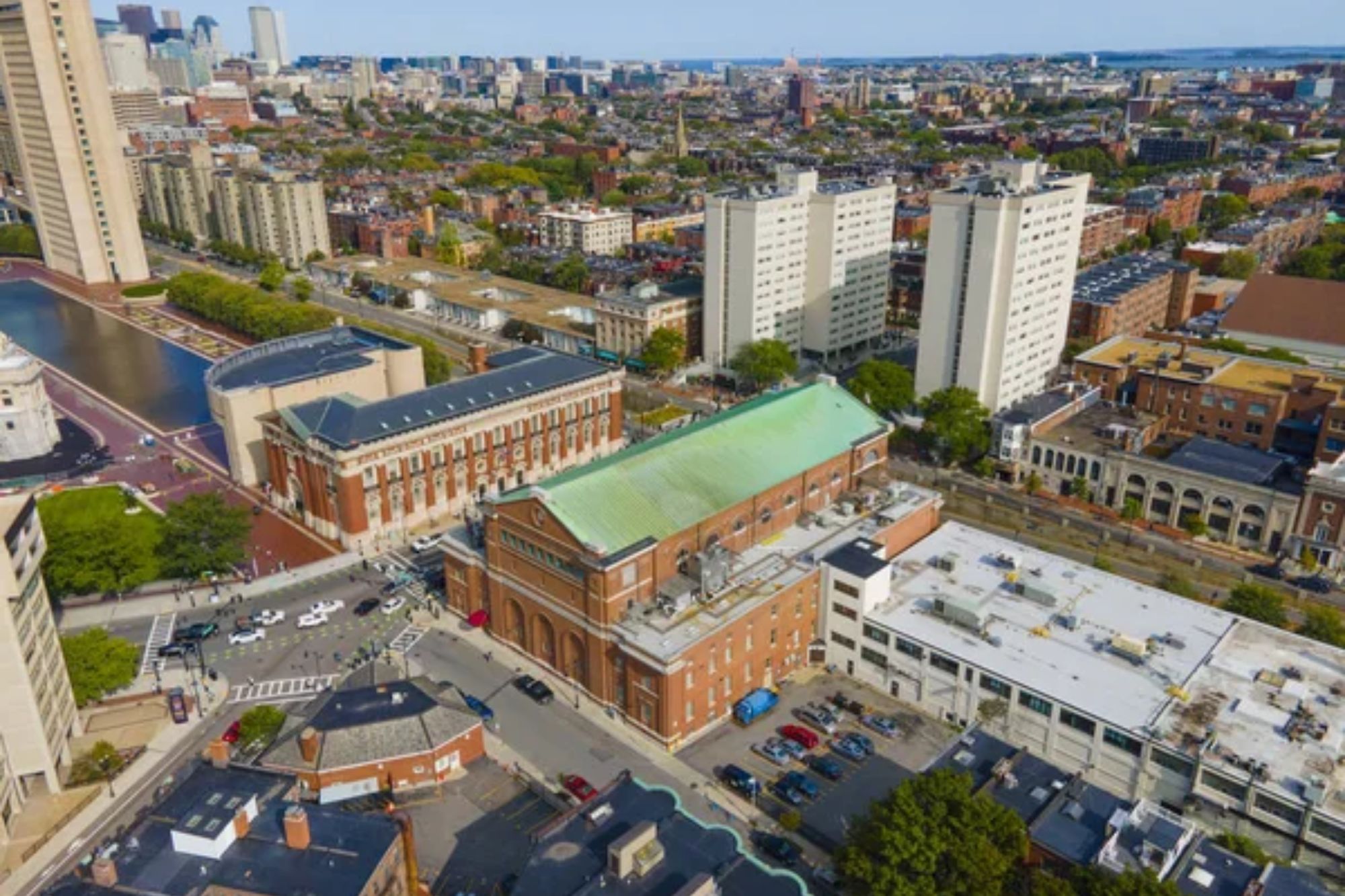
Boston Symphony Hall was the first concert hall designed using scientific acoustic principles — built in 1900 with input from Harvard physicist Wallace Sabine, who literally invented the field of architectural acoustics. The hall’s shoebox design and specific dimensions create what many consider the gold standard for orchestral sound in America.
Visitors on guided tours can learn about the acoustic innovations that influenced concert hall design worldwide, from the strategic placement of decorative elements to the specific materials chosen for optimal sound reflection.
Carnegie Hall
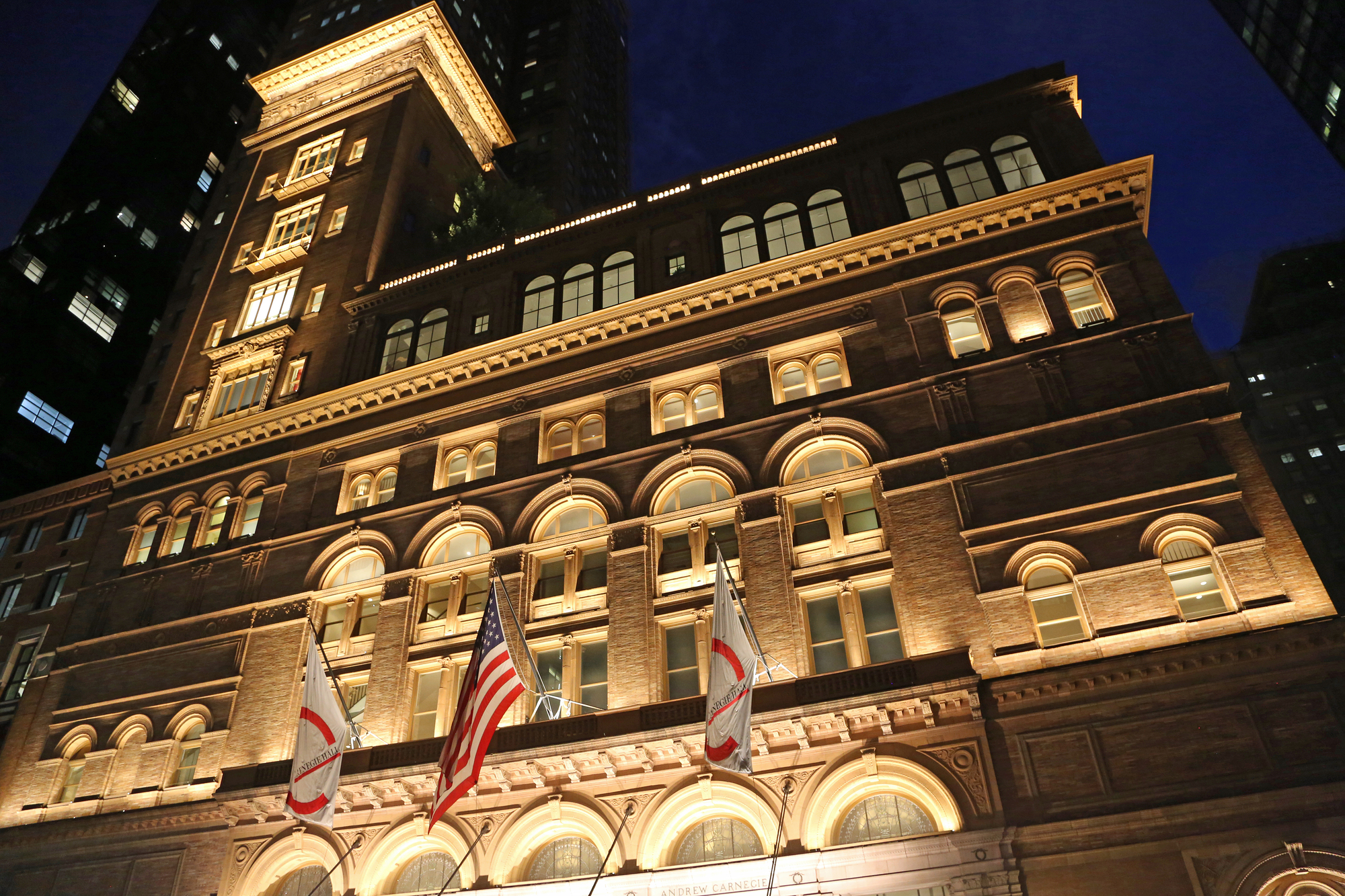
New York’s Carnegie Hall has hosted everyone from Tchaikovsky to The Beatles — earning its legendary status not just through famous performers but through acoustic qualities that make every seat feel intimate despite the venue’s substantial size. The hall’s terra cotta and brick construction, combined with its distinctive curved ceiling, creates warm acoustics that enhance both classical and popular music.
Tours reveal fascinating details about how the building’s materials and proportions contribute to the sound quality that’s made this venue a bucket-list destination for musicians worldwide.
Like Travel Pug’s content? Follow us on MSN.
Royal Albert Hall
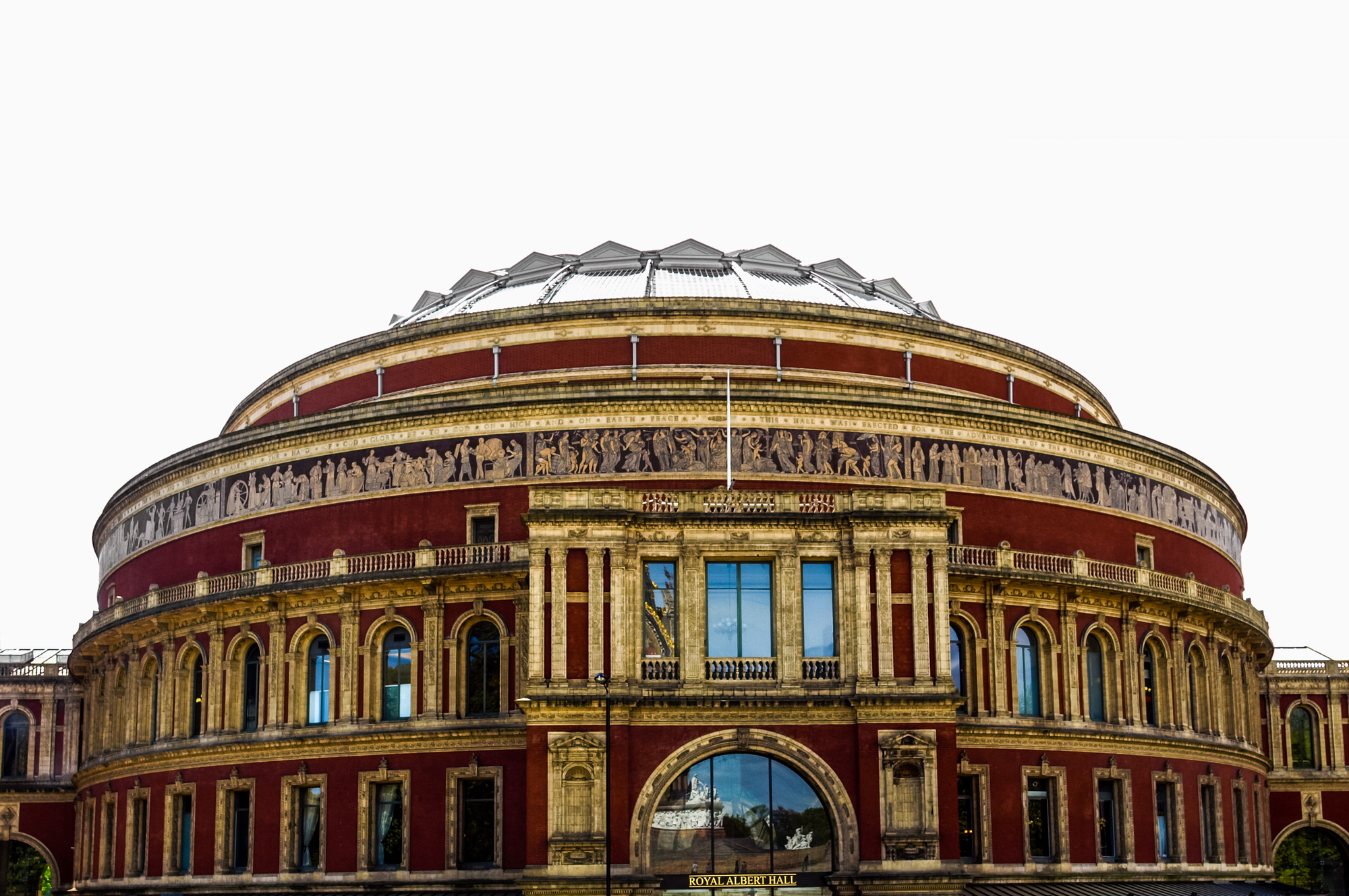
London’s Royal Albert Hall faced significant acoustic challenges when it opened in 1871 — including a notorious echo problem that wasn’t fully resolved until acoustic discs were installed in the 1960s. The venue’s massive elliptical dome and 5,272-seat capacity create unique sound characteristics that work particularly well for choral music and large orchestral works.
Today’s tours explain how Victorian engineering created both acoustic problems and solutions while showcasing a venue that’s hosted everyone from classical composers to rock legends.
La Scala
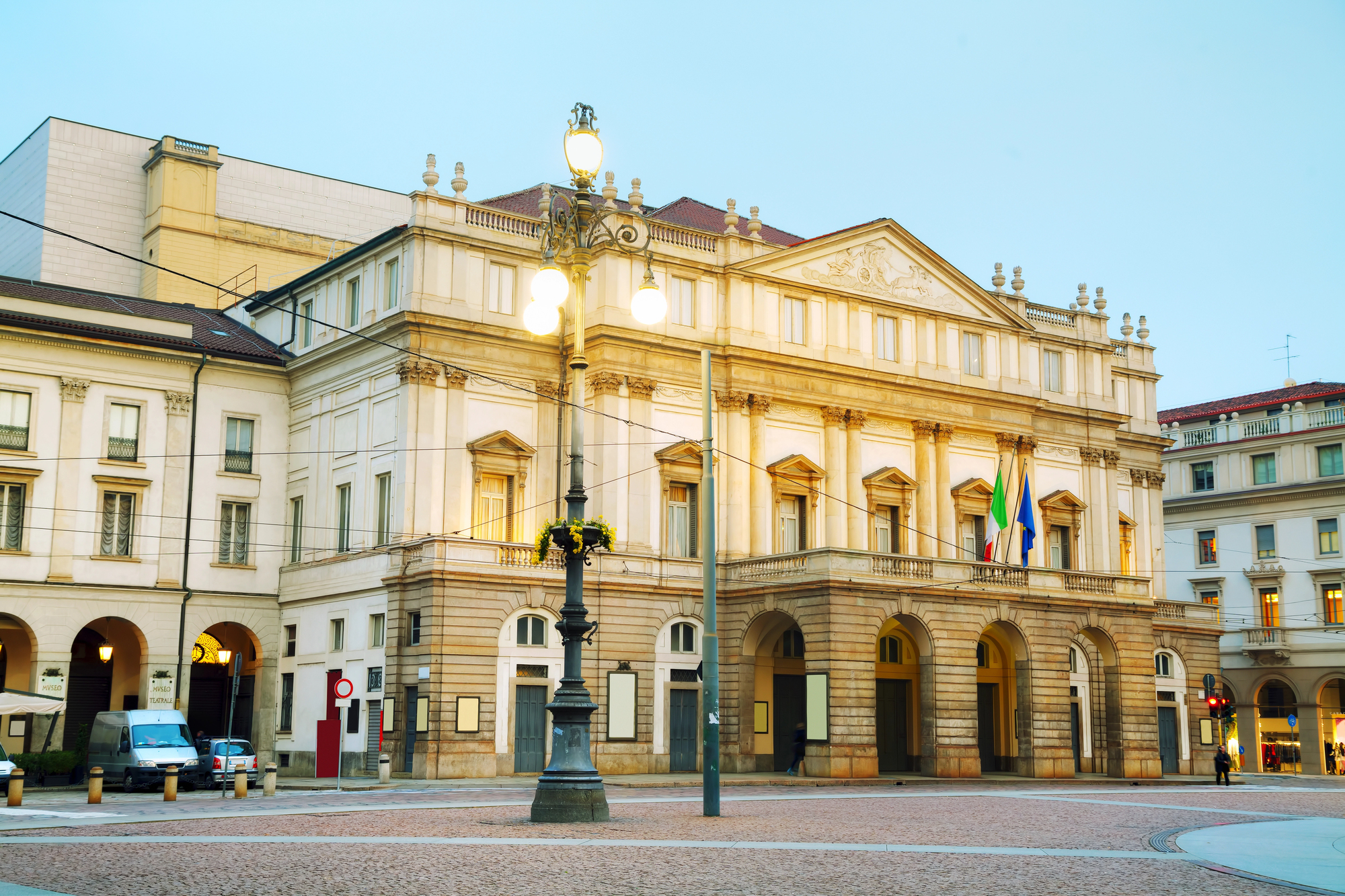
Milan’s La Scala represents the pinnacle of opera house design — with acoustics specifically engineered to showcase the human voice while providing the perfect balance between singers and orchestra. The horseshoe-shaped auditorium and multiple balcony levels create intimate sightlines and sound reflection patterns that enhance vocal projection.
Tours of this legendary venue reveal how 18th-century architects created acoustic conditions that remain ideal for opera performances nearly 250 years later.
Walt Disney Concert Hall

Los Angeles’ Walt Disney Concert Hall combines Frank Gehry’s revolutionary architecture with acoustic design by Yasuhisa Toyota — creating a modern masterpiece that rivals the world’s greatest historic venues. The hall’s vineyard-style seating surrounds the orchestra, while curved Douglas fir panels create a warm, enveloping sound that makes every seat feel close to the performers.
Behind-the-scenes tours demonstrate how 21st-century technology and materials can achieve acoustic perfection while breaking traditional design rules.
Like Travel Pug’s content? Follow us on MSN.
Concertgebouw
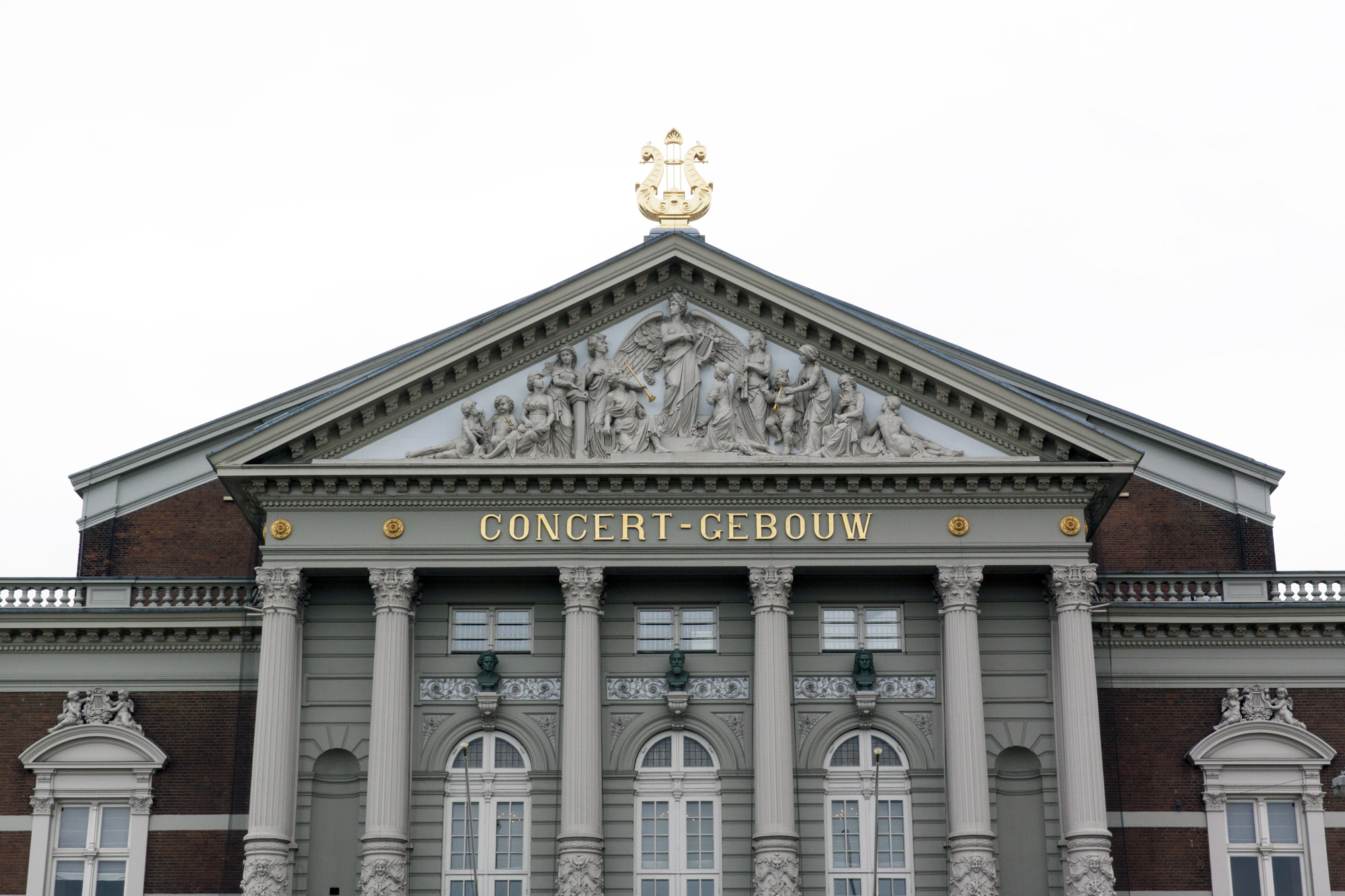
Amsterdam’s Concertgebouw has been praised by conductors and musicians as having some of the finest acoustics in the world — achieved through a late 19th-century design that perfectly balances clarity, warmth, and reverberation. The hall’s narrow shoebox shape and high ceiling create a sound that’s both intimate and grand, allowing orchestras to achieve their full dynamic range.
Tours explore how Dutch architects created acoustic conditions that continue to influence concert hall design over 130 years later.
Sydney Opera House
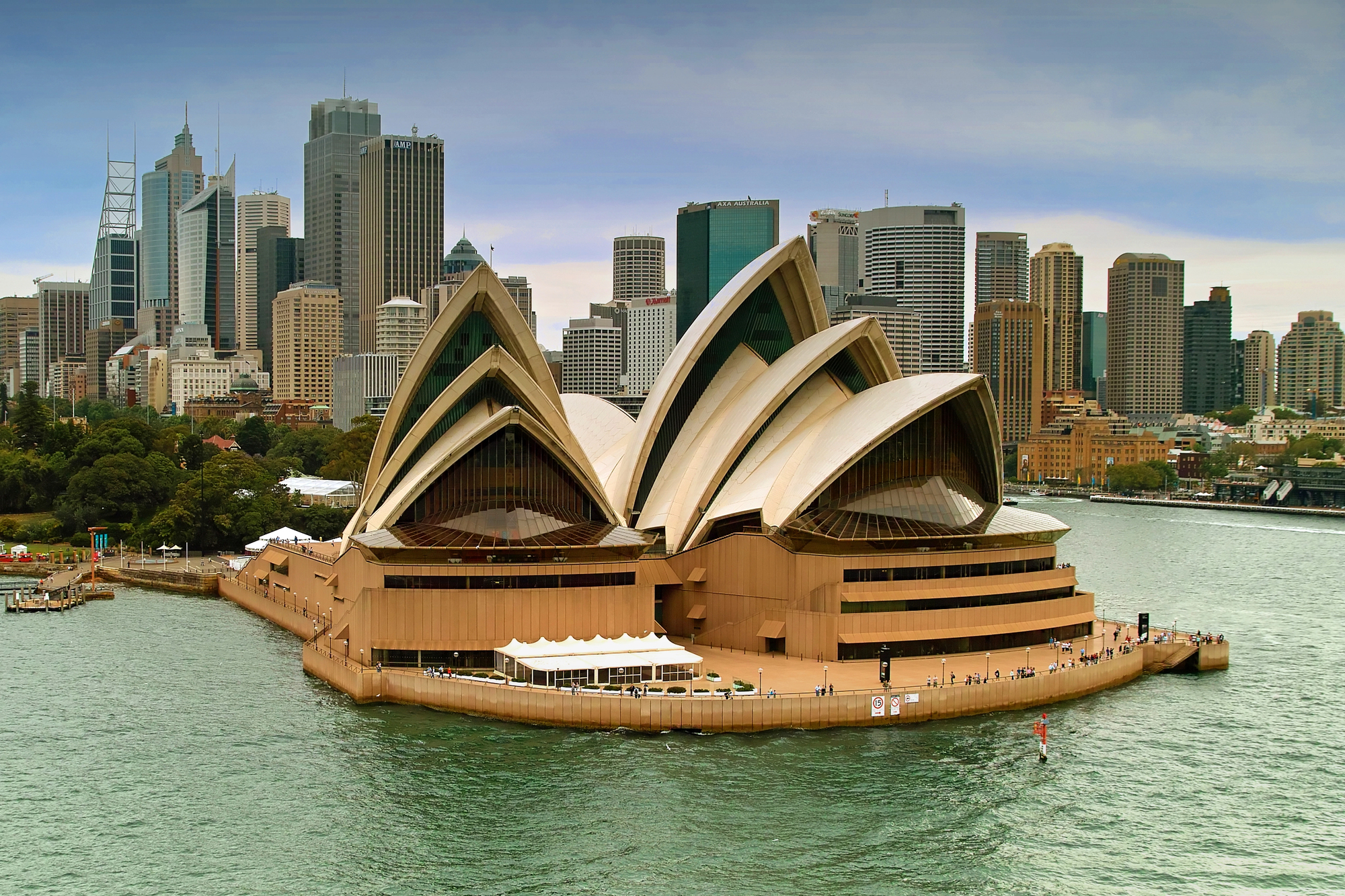
Sydney’s Opera House may be famous for its distinctive shell design, but the acoustic qualities of its multiple performance spaces represent decades of refinement and innovation. The Concert Hall features a massive pipe organ and seating for 2,679, while the Joan Sutherland Theatre specializes in opera with acoustics designed specifically for vocal performance.
Tours reveal how this UNESCO World Heritage site balances architectural icon status with serious acoustic engineering.
Berliner Philharmonie
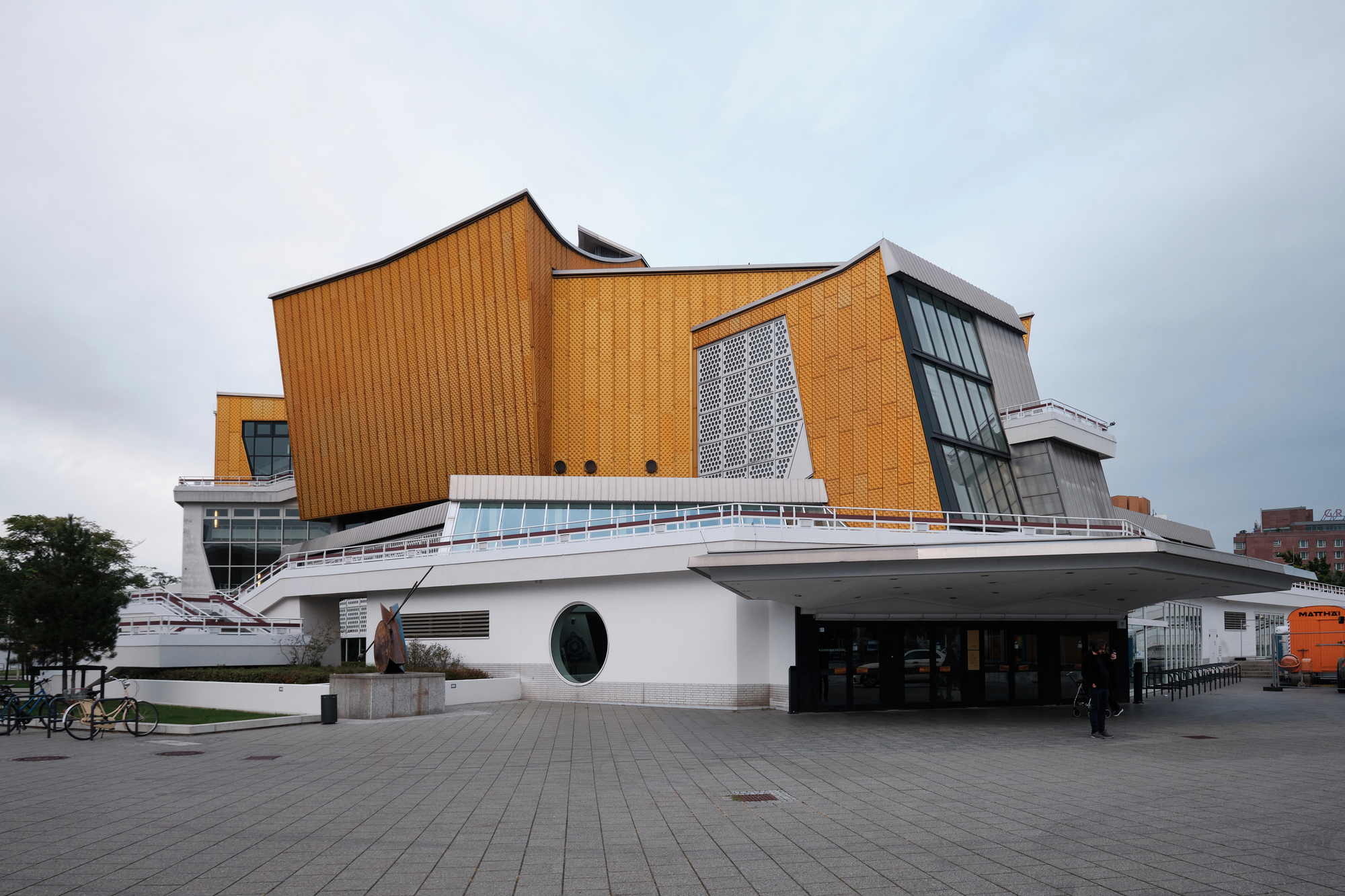
Berlin’s Philharmonie revolutionized concert hall design with its vineyard-style seating that places audience members on all sides of the orchestra — creating an intimate experience despite seating nearly 2,500 people. The hall’s terraced design and irregular pentagonal shape produce acoustics that make listeners feel like they’re sitting within the orchestra itself.
Guided tours explain how this 1960s design influenced a generation of modern concert halls worldwide.
Like Travel Pug’s content? Follow us on MSN.
Wigmore Hall
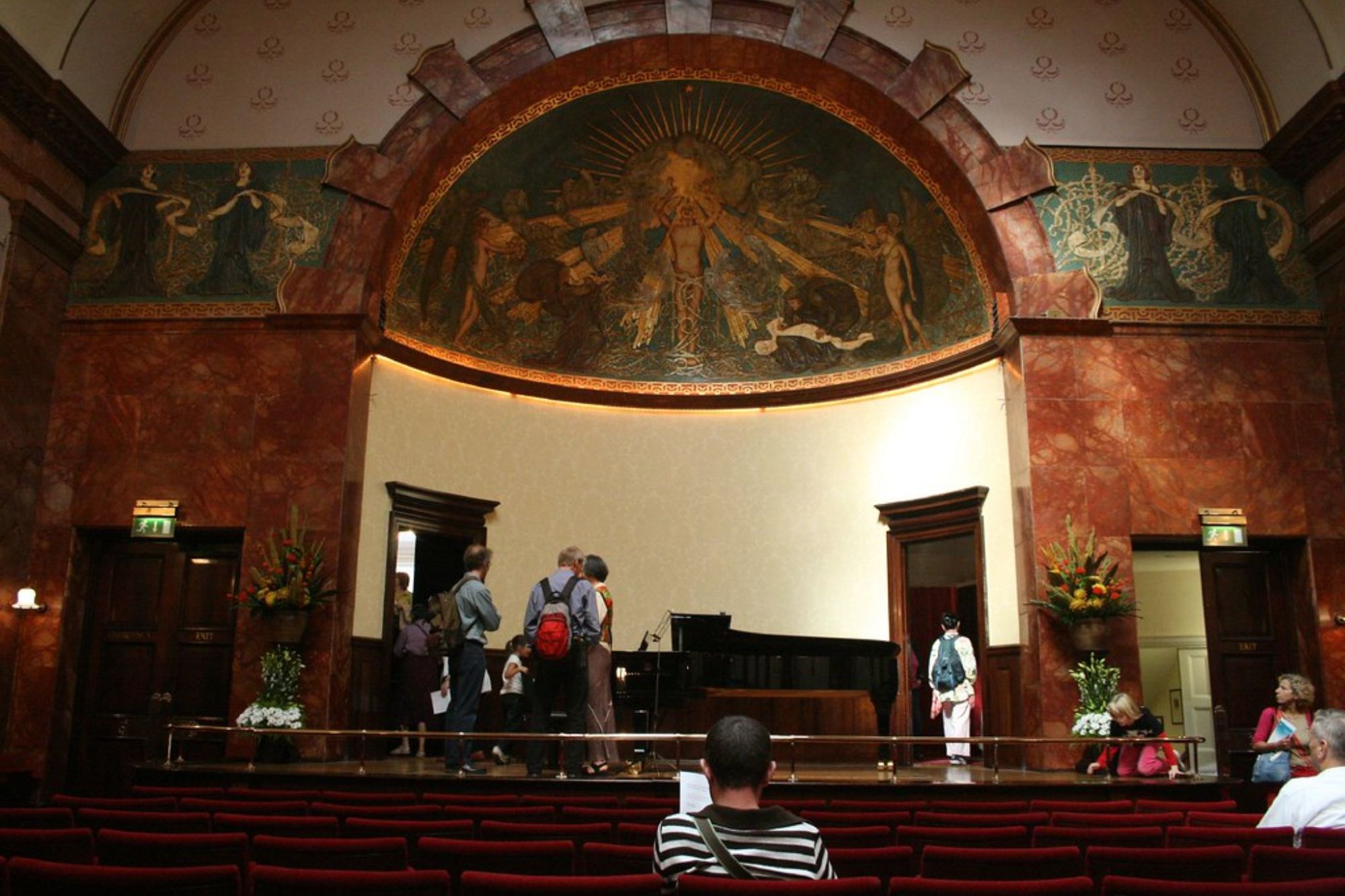
London’s Wigmore Hall proves that intimate venues can achieve acoustic perfection — with its 550-seat capacity and distinctive cupola creating ideal conditions for chamber music and solo recitals. The hall’s Renaissance-style design and carefully chosen materials produce acoustics that enhance subtle musical details often lost in larger venues.
Tours of this historic venue demonstrate how smaller spaces can actually provide more rewarding listening experiences than grand concert halls.
Elbphilharmonie
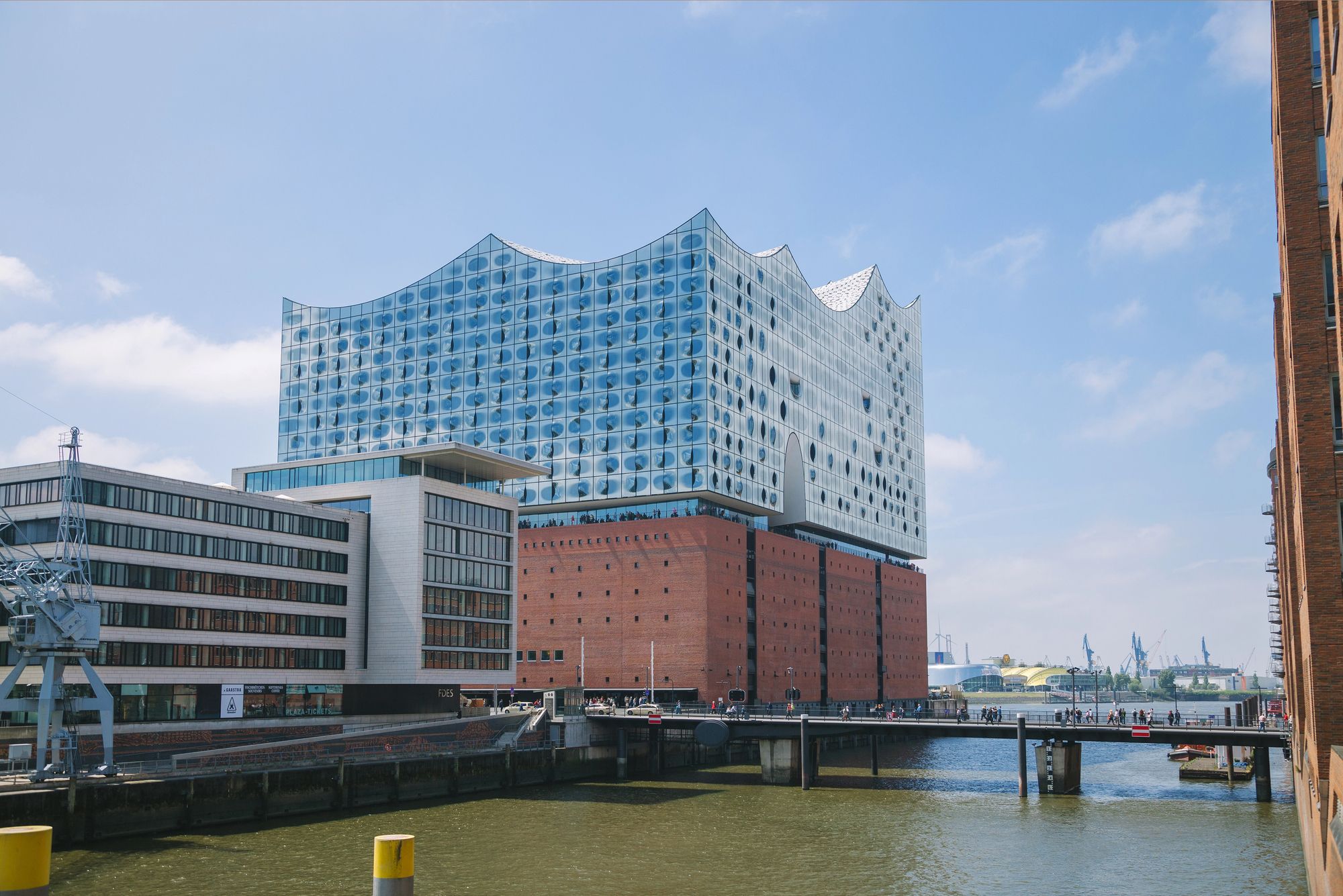
Hamburg’s Elbphilharmonie represents the cutting edge of concert hall design, with its Grand Hall featuring 10,000 individually shaped acoustic panels that create perfect sound distribution throughout the vineyard-style seating. The venue sits atop a historic warehouse, combining old and new architecture while achieving acoustic qualities that rival the world’s greatest traditional halls.
Tours showcase how modern technology and materials can create revolutionary acoustic experiences while respecting musical tradition.
Benaroya Hall
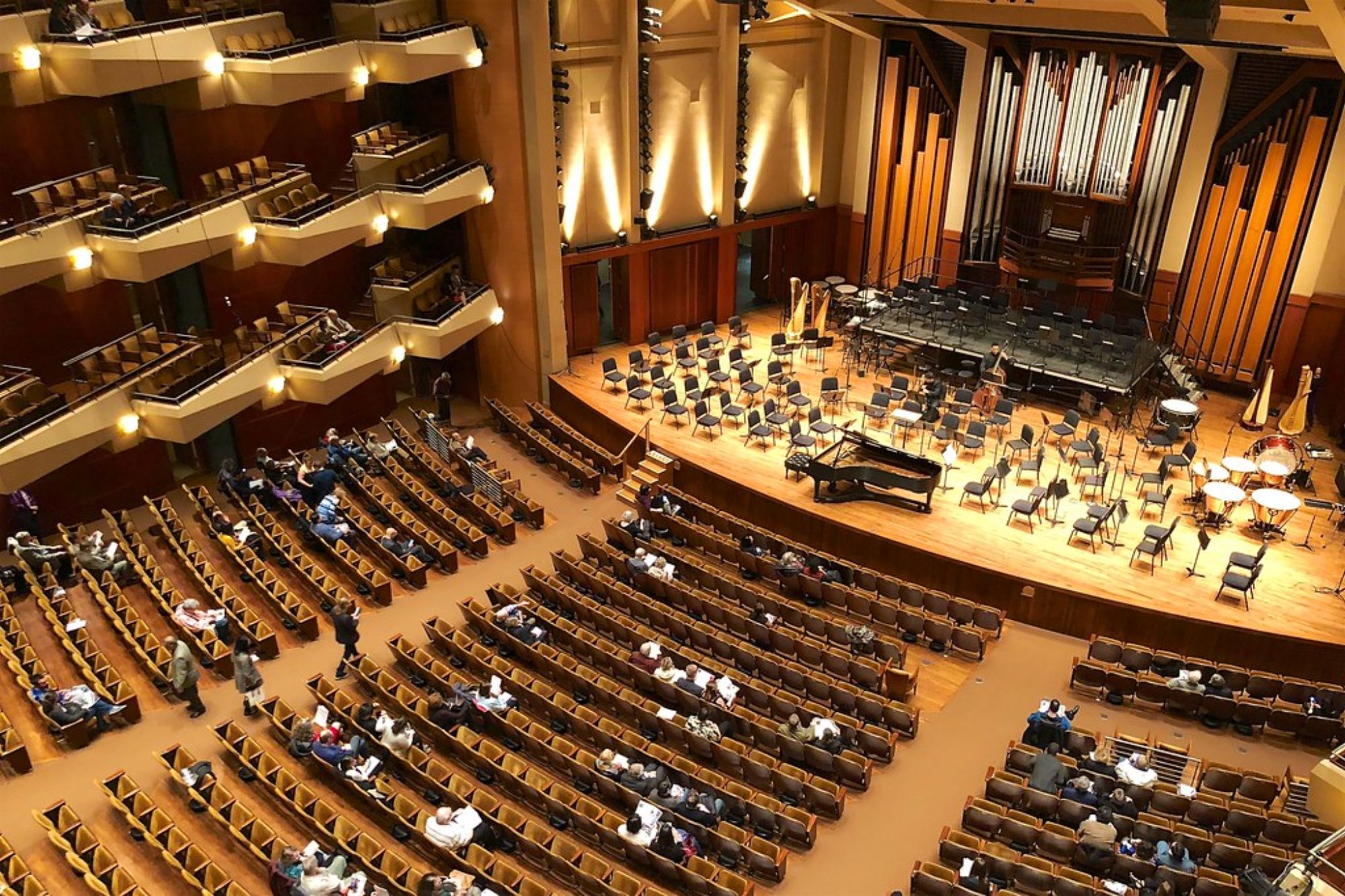
Seattle’s Benaroya Hall demonstrates how American cities can create world-class acoustic venues using 21st-century design principles and materials. The S. Mark Taper Foundation Auditorium features adjustable acoustic elements that optimize sound for different types of performances, from intimate chamber music to full orchestral works.
The venue’s tours highlight how modern acoustic engineering can create flexible spaces that adapt to various musical styles and ensemble sizes.
Like Travel Pug’s content? Follow us on MSN.
Davies Symphony Hall

San Francisco’s Davies Symphony Hall underwent major acoustic renovations in 1992 that transformed it from a problematic venue into one of America’s finest concert halls. The improvements included new wall surfaces, ceiling modifications, and the addition of an acoustic canopy that dramatically improved sound distribution.
Tours explain how acoustic problems can be solved through careful engineering, demonstrating the ongoing evolution of concert hall design.
Musikverein Brahms-Saal
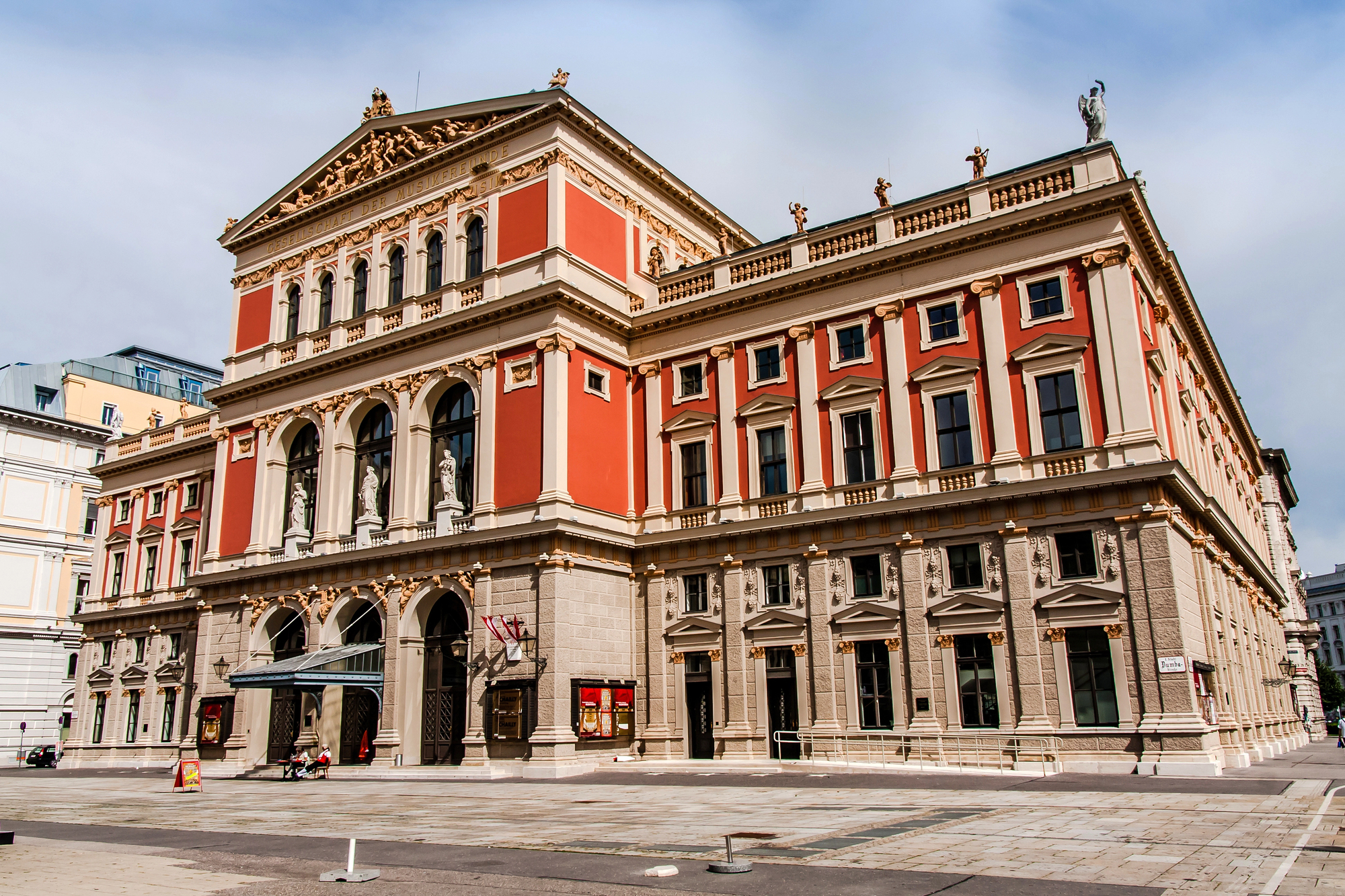
Vienna’s smaller Brahms-Saal within the Musikverein complex offers intimate acoustic perfection for chamber music and solo recitals. The hall’s modest 600-seat capacity and traditional design create acoustic conditions that many musicians prefer for smaller ensemble work.
This venue proves that the Musikverein’s acoustic reputation extends beyond its famous Golden Hall to encompass multiple performance spaces designed for different musical experiences.
Severance Hall
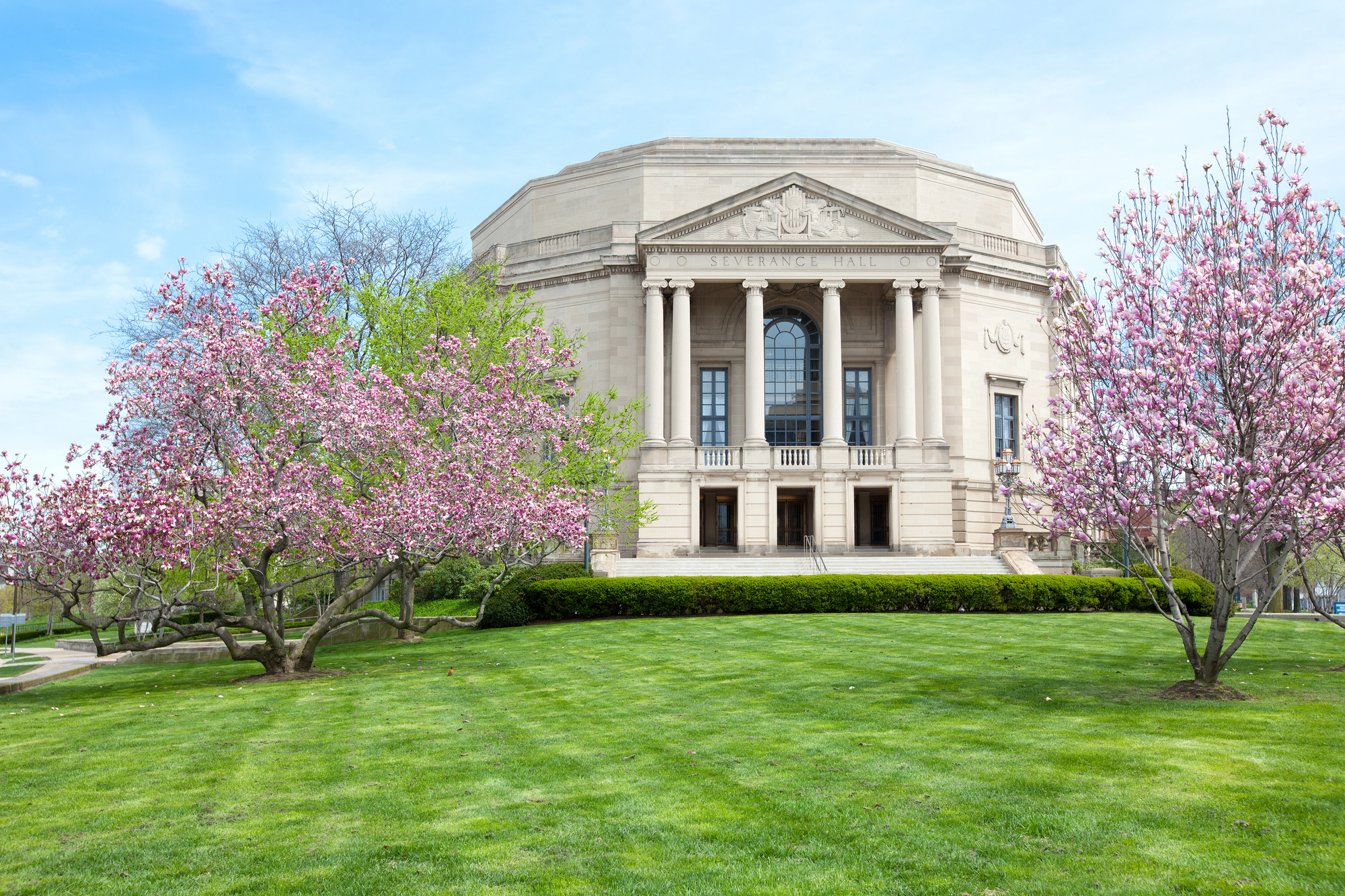
Cleveland’s Severance Hall combines 1930s Art Deco elegance with an acoustic design that’s been refined through multiple renovations to achieve near-perfect sound quality. The hall’s distinctive architecture includes decorative elements that also serve acoustic functions, from ceiling details that control sound reflection to wall treatments that eliminate unwanted echoes.
Tours reveal how this American concert hall achieved international acoustic recognition through thoughtful design and continuous improvement.
Like Travel Pug’s content? Follow us on MSN.
Suntory Hall
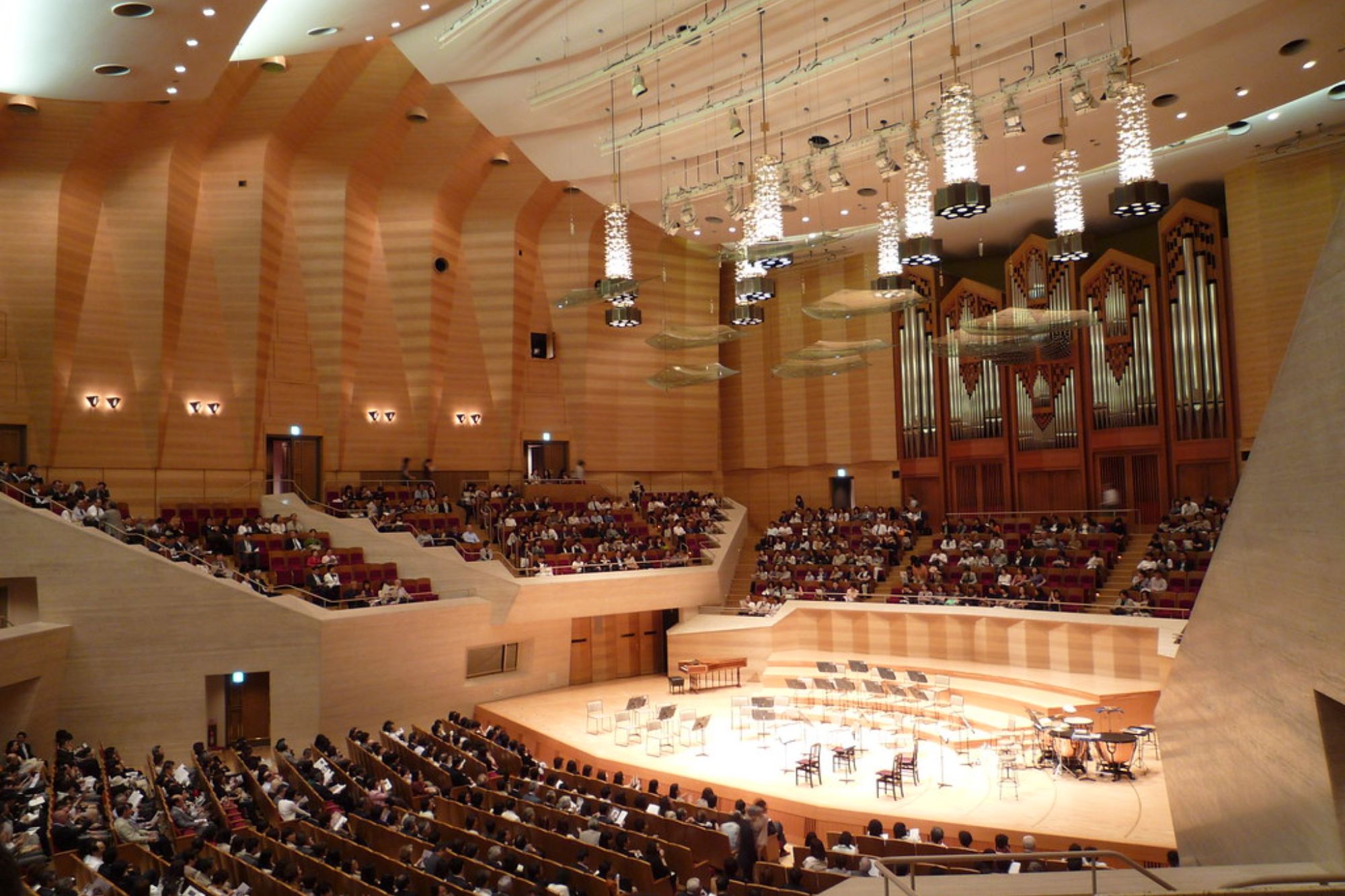
Tokyo’s Suntory Hall represents Japanese commitment to acoustic excellence, featuring a vineyard-style design that creates intimate connections between performers and audience members. The hall’s use of traditional Japanese materials combined with modern acoustic engineering produces sound quality that’s earned praise from international orchestras and conductors.
Tours demonstrate how different cultural approaches to concert hall design can achieve exceptional acoustic results.
Philharmonie de Paris
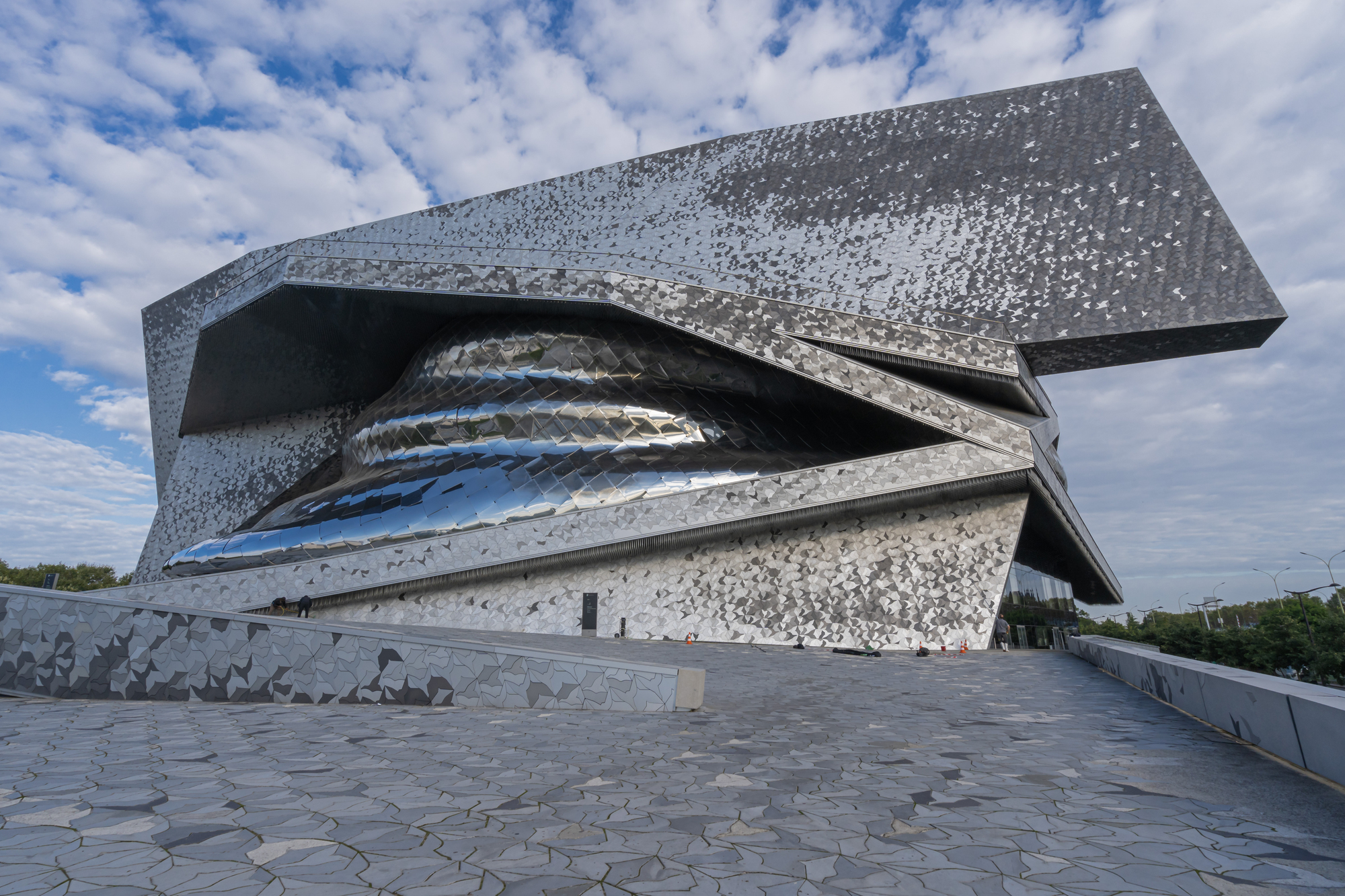
Paris’ new Philharmonie features an innovative acoustic design that includes adjustable elements, allowing the hall to optimize sound for different types of performances and ensemble sizes. The venue’s distinctive architecture includes terraced seating that wraps around the stage, creating visual and acoustic intimacy despite its substantial capacity.
Tours showcase how contemporary French architects and acoustic engineers are pushing the boundaries of concert hall design.
Esplanade Concert Hall

Singapore’s Esplanade Concert Hall demonstrates how tropical climates can house world-class acoustic venues through careful environmental control and innovative design. The hall’s shoebox shape and traditional acoustic principles create sound quality that rivals temperate-climate venues, while its distinctive durian-inspired exterior has become an architectural landmark.
Tours explain how acoustic design adapts to different climatic conditions while maintaining international performance standards.
Like Travel Pug’s content? Follow us on MSN.
Roy Thomson Hall
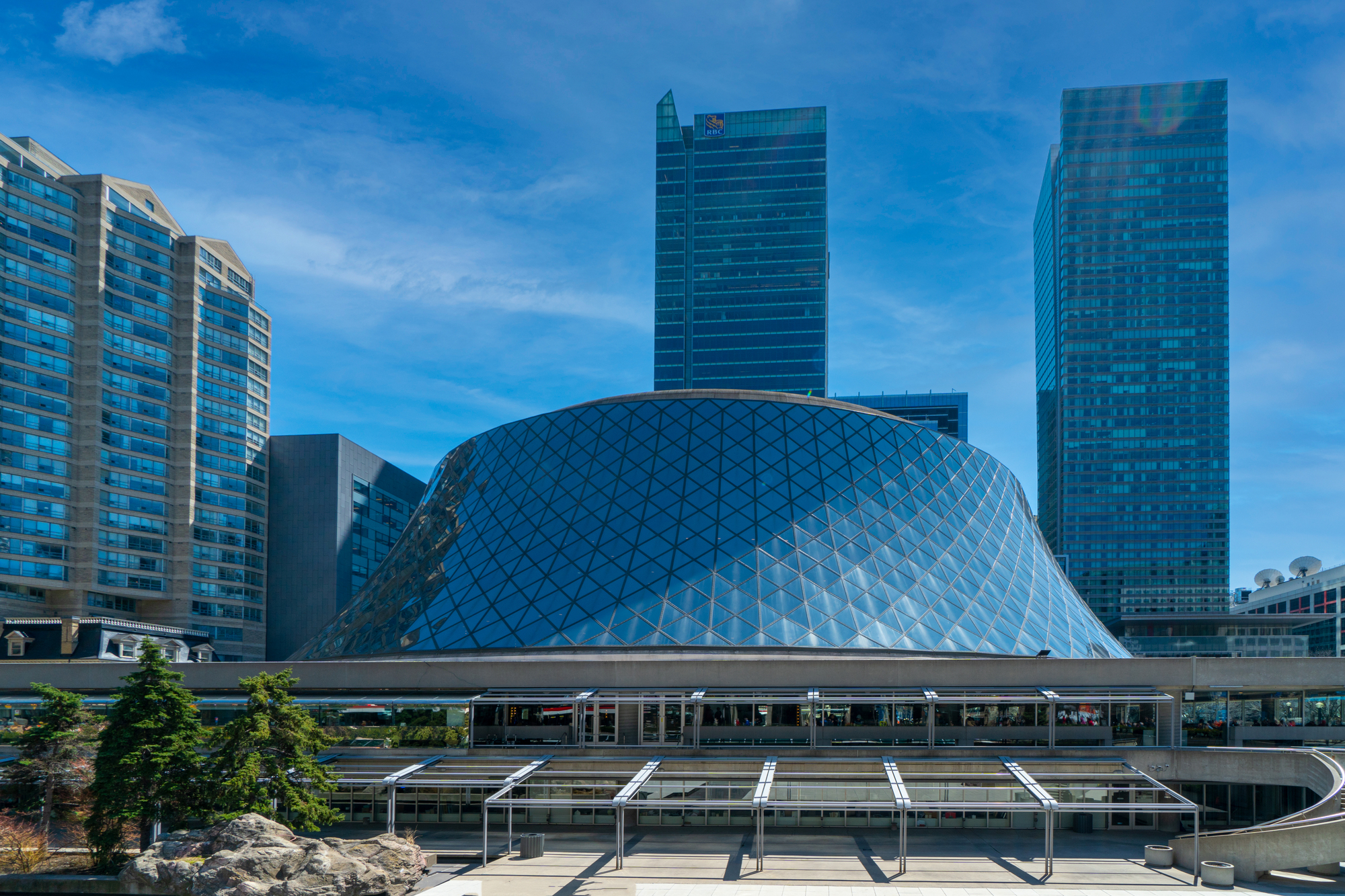
Toronto’s Roy Thomson Hall features a unique circular design that creates acoustic challenges and opportunities different from traditional rectangular concert halls. The venue’s innovative approach to seating and sound distribution demonstrates Canadian contributions to concert hall acoustic design.
Tours explore how non-traditional shapes can create distinctive acoustic experiences while maintaining the sound quality expected in major metropolitan venues.
Seoul Arts Center Concert Hall

Seoul’s Concert Hall within the Seoul Arts Center represents Korean commitment to acoustic excellence, featuring design elements that blend international best practices with local architectural traditions. The venue’s acoustic qualities have earned recognition from visiting international orchestras and touring artists.
Tours showcase how Asian concert halls are contributing to the global evolution of acoustic design while respecting regional cultural preferences.
Where Music Finds Its Voice
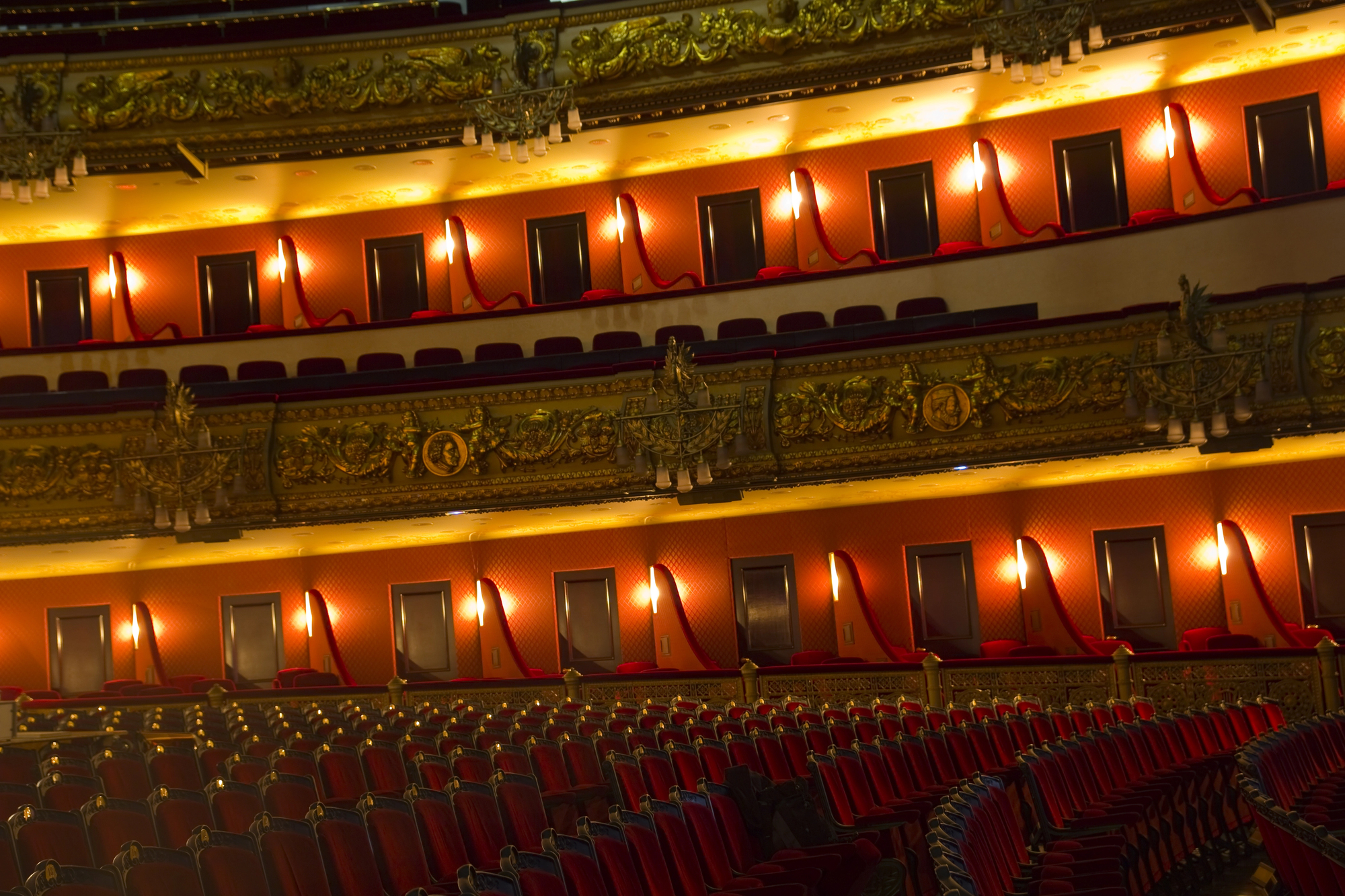
These legendary music halls represent more than just performance venues or tourist attractions — they’re temples where acoustic science meets artistic inspiration, creating spaces where music achieves its full potential. Each hall tells the story of architects, engineers, and musicians who understood that great acoustics require more than just technical knowledge; they demand an intuitive understanding of how sound moves through space and touches human emotions.
Whether built in the 1800s or completed just years ago, these venues prove that exceptional acoustics remain achievable through careful design, quality materials, and respect for the fundamental physics of sound. As you walk through these halls during guided tours, you’re experiencing spaces that have shaped musical history and continue to influence how we build venues for future generations of performers and listeners.
More from Travel Pug

- Cities Growing so Fast You Won’t Recognize Them in 10 Years
- 13 Destinations Where Tourists Regularly Regret Their Trip
- 16 U.S. Cities That Are Quietly Becoming Travel Hotspots
- Where to Travel If You Love Long Bus Rides and Daydreams
- 20 Cities Perfect for Solo Travelers Who Crave Adventure & Culture
Like Travel Pug’s content? Follow us on MSN.
